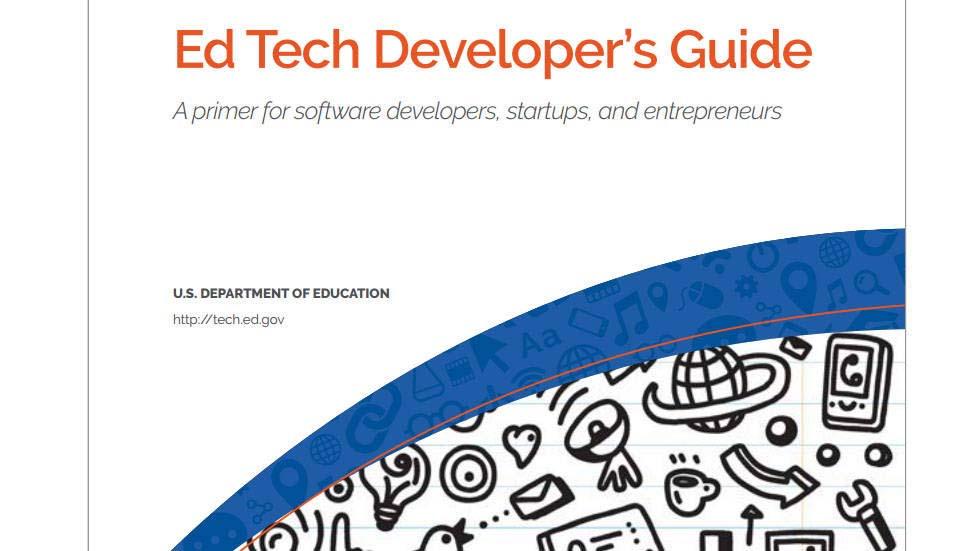This EdTech guide is designed to assist people in applying technology in clever ways to resolve stubborn problems in the education industry.
With the advancement in the technology, the demand and need for good-quality educational apps is increasing since groups become more associated, devices become more reasonable, and educators and parents are eyeing for latest ways to utilise technology to involve students.
Making tools and apps for education is a different and difficult work. A number of state, federal and local policies may outline the features you pick to include, with some unique questions to reply along the way. The aim motive of this guide is to assist you navigate through these complexities.
Here are some of the key findings from the EdTech Developer’s Guide – A primer for software developers, startups, and entrepreneurs.
- The worth of technology for changing learning is lost if it is only used to digitize traditional materials. In place of thinking about innovative tactics that permit students to involve with content contrarily.
- Developing grit or persistence does not mean working very hard. Instead, students who show persistence have developed self-confidence that they can resolve a problem and have developed a toolkit of policies to apply when encounter new problem.
- When developing app, always keep in mind that families come in various different configurations, so more general terms such as “parent,” “caregiver,” or “family member” use for more situations than “mother” and “father.”
- When developing output tools, give proper heed to how long educators take time to learn new app or tools. The design is in such a way that time-taking tutorials or training are not needed. Support must be quickly available for teachers with questions on how to use tools.
- Games are best to involve learners while teaching them crucial skills and concepts. And games for learning work perfect when they do not feel that they are doing homework. If you are creating a game for learning purpose then don’t overlook to shape tools to assist educators and parents see what their pupils are learning through the gameplay.
- Design Thinking is an organized procedure for making and developing ideas that can assist the work with others to give significant solutions to challenges in the class, at school, as well as in community.
- Design-based research is a method that links practice and theory in educational research. Ideas are designed, executed, as well as estimated in iterative cycles, where new thoughts are recognized and valued with every cycle.
- Integration of student’s feedback is vital to design a new app or tool. Student’s feedback assists in avoiding erroneous expectations and rather uses appropriate information and knowledge to drive the designs.
- Few parents are keen to include their kids in practical media or project making. Report says, “Making has become the umbrella term for the events, local community spaces, and online communities dedicated to the design and manufacturing of objects and installations using such tools as 3-D printing and metal- and woodworking.”
You can read more in the guide here.
